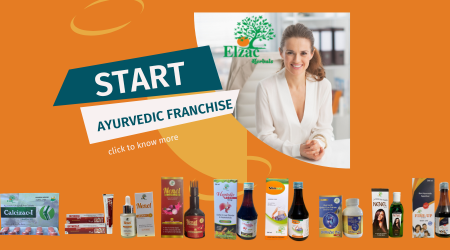Medicines and pharmaceutical products are life saving products and sensitive also. Pharmaceutical marketed is regulated all over world through different act & rules of specific countries. In India, pharmaceutical products are regulated through Drug and Cosmetic Act & Rule, 1940. Import, Export, manufacturing, distribution, retail and dispensing all are regulated under this act. For every activity, one has to take license and approval for it.
You are eligible to export pharmaceutical products from India if you are a pharmaceutical manufacturer or pharmaceutical marketing company or wholesaler/distributor. Along with these specific licenses, you will also need to complete general requirements for exporting any goods from India.
For exporting pharmaceutical products, you should have following requirements and licenses:
We have discussed about above mentioned terms like manufacturing license, wholesale license, GST, IEC, CoPPs etc procedure and documents in our previous articles. You can click at particular link and read in detail about that license.
For exporting medicines and pharmaceutical products, you have to compile with both company regulations i.e. importing country and exporting country. Before starting Export, you have to set-up own firm/company in importing country or have to appoint distributor/CnF or have to search for agent who take care of all your registrations, licenses and documentations.
Requirements for Importing Country:
Requirement from India:
You are eligible to export pharmaceutical products from India if you are a pharmaceutical manufacturer or pharmaceutical marketing company or wholesaler/distributor. Along with these specific licenses, you will also need to complete general requirements for exporting any goods from India.
For exporting pharmaceutical products, you should have following requirements and licenses:
- Pharmaceutical Manufacturing License Number, pharmaceutical marketing company or Wholesale Drug License Number
- Goods and Service Tax Identification Number
- Importer Exporter Code (IEC) Number
- COPP (Certificate of Pharmaceutical Product) from DCGI
- WHO:GMP certification of manufacturing Plant or as specified by importing country
- Registration of product at importing country
We have discussed about above mentioned terms like manufacturing license, wholesale license, GST, IEC, CoPPs etc procedure and documents in our previous articles. You can click at particular link and read in detail about that license.
For exporting medicines and pharmaceutical products, you have to compile with both company regulations i.e. importing country and exporting country. Before starting Export, you have to set-up own firm/company in importing country or have to appoint distributor/CnF or have to search for agent who take care of all your registrations, licenses and documentations.
Requirements for Importing Country:
- Registration of product in their country
- Completion of Regulatory Requirements of importing country like plant specifications, certification etc
- Custom Clearance
- Set-up own infrastructure or find Distributors and/or importing agent in importing country
- Promote, market and distribute product in importing country
Requirement from India:
- Completion of Licenses and registrations i.e. manufacturing/wholesale license, GST, IEC, CoPPs etc
- Dossier
- Freight Forwarder Agencies/Agents
- Indian Trade Classification (Harmonized System) ITC (HS) of Product
- Bill of Lading/ Airway Bill/ Lorry Receipt/ Railway Receipt/Postal Receipt
- Commercial Invoice cum Packing List
- Shipping Bill/Bill of Export/ Postal Bill of Export
- Custom Clearance
Stepwise procedure for exporting pharmaceutical products from India:
Hope above information is helpful to you...
For any query and suggestion, mail us at pharmafranchiseehelp@gmail.com
- Set-Up WHO: GMP certified pharmaceutical manufacturing plant or set-up pharmaceutical marketing company and contract with WHO: GMP certified plant or take wholesale drug license and export any company products by taking NOC
- Take IEC Number
- Complete process of CoPPs
- Set-up own office or appoint any distributor/agent in importing country
- Register your product in importing country
- Tie-up with Freight Forwarding agent for movement of goods from India to importing country
- Prepare commercial invoice (Against purchase order/Letter of credit/clearance of payment etc) and packing list
- Dispatch goods from your factory to port/airport for custom clearance
- After custom clearance goods will be forwarded for shipping
- After reaching to imported country, they also require to clear custom as per their law and regulations
- Received at imported agent/distributor/own godown
- Start marketing, promotion and distribution
Hope above information is helpful to you...
For any query and suggestion, mail us at pharmafranchiseehelp@gmail.com

Comments
Post a Comment